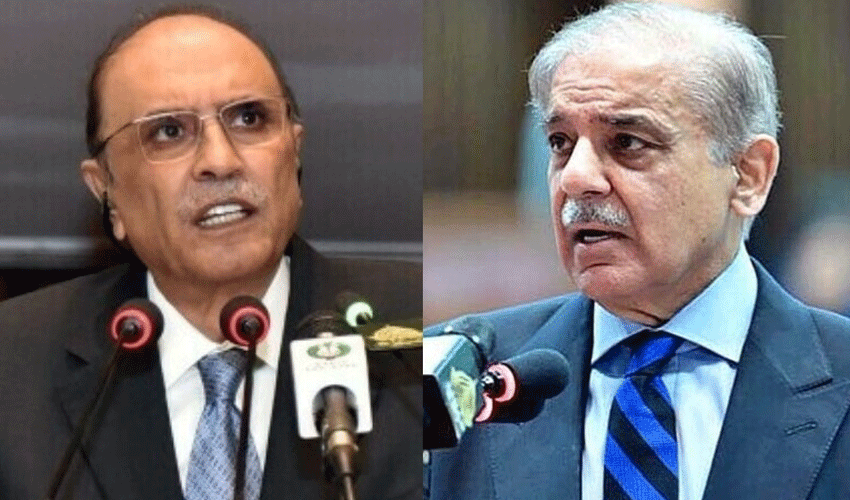Ukrainian President Volodymyr Zelensky is scheduled to meet US President Donald Trump in Washington on Friday to sign a preliminary agreement on Ukraine’s mineral resources.
While Zelensky has welcomed the minerals deal, he has also insisted that any economic partnership must be accompanied by US security guarantees to deter renewed Russian aggression.
However, Trump has ruled out any commitments “beyond… very much,” stating that Europe should take on greater responsibility for Ukraine’s security.
In a meeting with his cabinet on Wednesday, Trump said the presence of American workers extracting rare earth metals in Ukraine would provide “automatic security” to Kyiv. He also dismissed Ukraine’s longstanding aspiration of joining NATO, reiterating Russia’s claim that the issue was one of the key drivers of the war.
“We’re going to make a deal with Russia and Ukraine to stop killing people,” Trump told reporters, hinting at a possible ceasefire between Moscow and Kyiv.
However, Zelensky responded that without firm security assurances, “we won’t have a ceasefire, nothing will work.”
Deal’s key details remain unclear
The agreement, which received formal backing from Ukraine’s government on Wednesday evening, remains short on specifics. Ukrainian Prime Minister Denys Shmyhal stated that the deal envisions an “investment fund” aimed at Ukraine’s post-war reconstruction.
The proposal was first floated by Zelensky last year as a way to incentivize continued US support for Ukraine. However, disagreements over its terms have led to friction between the two leaders in recent weeks.
Initially, Washington had reportedly sought access to $500 billion worth of Ukrainian mineral wealth, a demand that Zelensky rejected. Recent reports suggest the US has now dropped this request.
While Trump has hailed the agreement as a significant step towards securing US financial returns after sending aid to Ukraine, Zelensky has described it as a “framework agreement” that he hopes will lead to further negotiations.
Russia’s role and European concerns
Russia has long opposed Ukraine’s NATO ambitions, viewing the alliance’s expansion as a security threat. In 2008, NATO had stated that Ukraine could eventually become a member, a prospect that Moscow has consistently resisted.
Trump has floated the idea of European peacekeeping troops being stationed in Ukraine as part of a ceasefire agreement. However, Russia has rejected the proposal, and European representatives were notably absent from Washington’s latest negotiations with Moscow.
Speaking to the BBC on Wednesday, EU High Representative for Foreign Affairs and Security Policy Kaja Kallas stressed that any peace agreement must have European buy-in. “For any kind of deal to work on European soil, you need the Europeans to also agree to it,” she said.
Meanwhile, a scheduled meeting between Kallas and US Secretary of State Marco Rubio was abruptly cancelled, with both sides citing scheduling conflicts.
Ukraine’s resource potential and challenges
Ukraine is estimated to hold about 5% of the world’s critical raw materials, making it a key player in the global minerals market. However, many of these deposits lie in Russian-occupied territories. Ukrainian Economy Minister Yulia Svyrydenko has estimated that resources worth approximately $350 billion remain under Russian control.
Further complicating matters, Ukraine is grappling with the challenge of unexploded landmines. A quarter of the country’s landmass, particularly in the east, is estimated to be contaminated, posing significant risks to extraction efforts.
Adding to the complexities, Russian President Vladimir Putin has suggested that Moscow is open to offering the US access to rare minerals, including those from occupied Ukrainian territories.
As Washington prepares for the high-stakes meeting, UK Prime Minister Sir Keir Starmer is also set to hold separate discussions with both Trump and Zelensky later this week to address the ongoing conflict in Ukraine.



























